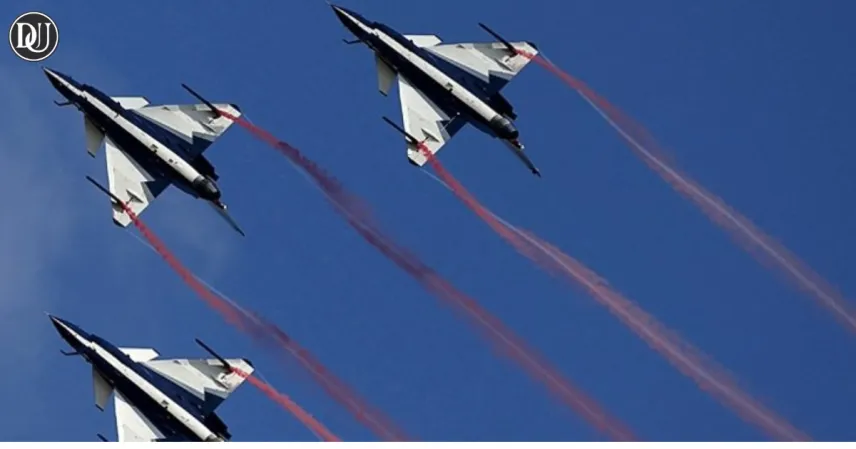In a significant revelation, India has officially acknowledged the loss of fighter jets during recent intense clashes with neighboring Pakistan. The confirmation came on May 31, 2025, from India's Chief of Defence Staff General Anil Chauhan, amidst a backdrop of conflicting claims and expert analysis regarding the aerial engagements. This admission sheds new light on the brief yet volatile confrontation that saw both nations engage in cross-border hostilities.
Aerial Engagements and Conflicting Narratives
The conflict, which escalated following an attack in Indian-administered Kashmir on April 22, led to a four-day period of heightened tensions and exchanges of fire. While India confirmed that it lost some of its india pakistan fighter jets, General Chauhan firmly dismissed Pakistan's claims of shooting down six Indian fighter jets, including French-made Rafales, as "absolutely incorrect." He emphasized that the focus was on understanding the tactical errors that led to these losses rather than dwelling on the exact number of aircraft. This stance aims to shift attention towards operational learning and adaptation.
Pakistan, on its part, maintained its claims of shooting down multiple Indian aircraft, though details remained disputed. Various international media outlets had previously reported differing accounts, citing information from defense officials and experts, contributing to a complex narrative surrounding the performance of india pakistan fighter jets.
Expert Insights on Tactical Dynamics
Military experts have begun to weigh in on the factors that may have influenced the aerial outcomes. Some analysts suggest that Pakistan's effective 'kill chain' system, which integrates ground radars, combat jets, and early warning aircraft, might have played a crucial role in their ability to detect and engage. Discussions have also touched upon potential differences in the rules of engagement adopted by both air forces, as well as the possibility of Pakistan employing electromagnetic warfare to gain an advantage. An Indian Air Force expert reportedly indicated that India's losses might have stemmed from a cautious strategy and limitations in operational clearance during initial phases, rather than a definitive superiority of Pakistan's india pakistan fighter jets.
Rectifying Mistakes and Future Preparedness
General Chauhan underscored that India moved swiftly to understand and rectify the tactical mistakes made during the initial stages of the conflict. He asserted that India adjusted its tactics and subsequently conducted precision strikes deep inside Pakistani territory, successfully penetrating their air defenses. He added that the Indian military was able to fly all its india pakistan fighter jets again within two days, executing long-range targeting missions.
Despite the cessation of hostilities following a ceasefire announced on May 10, India maintains a high state of preparedness. General Chauhan reiterated that India is ready to respond precisely and decisively to any further terror attacks. The recent aerial encounters, involving india pakistan fighter jets, highlight the ever-evolving nature of modern warfare and the continuous need for adaptation and vigilance in a volatile region.










